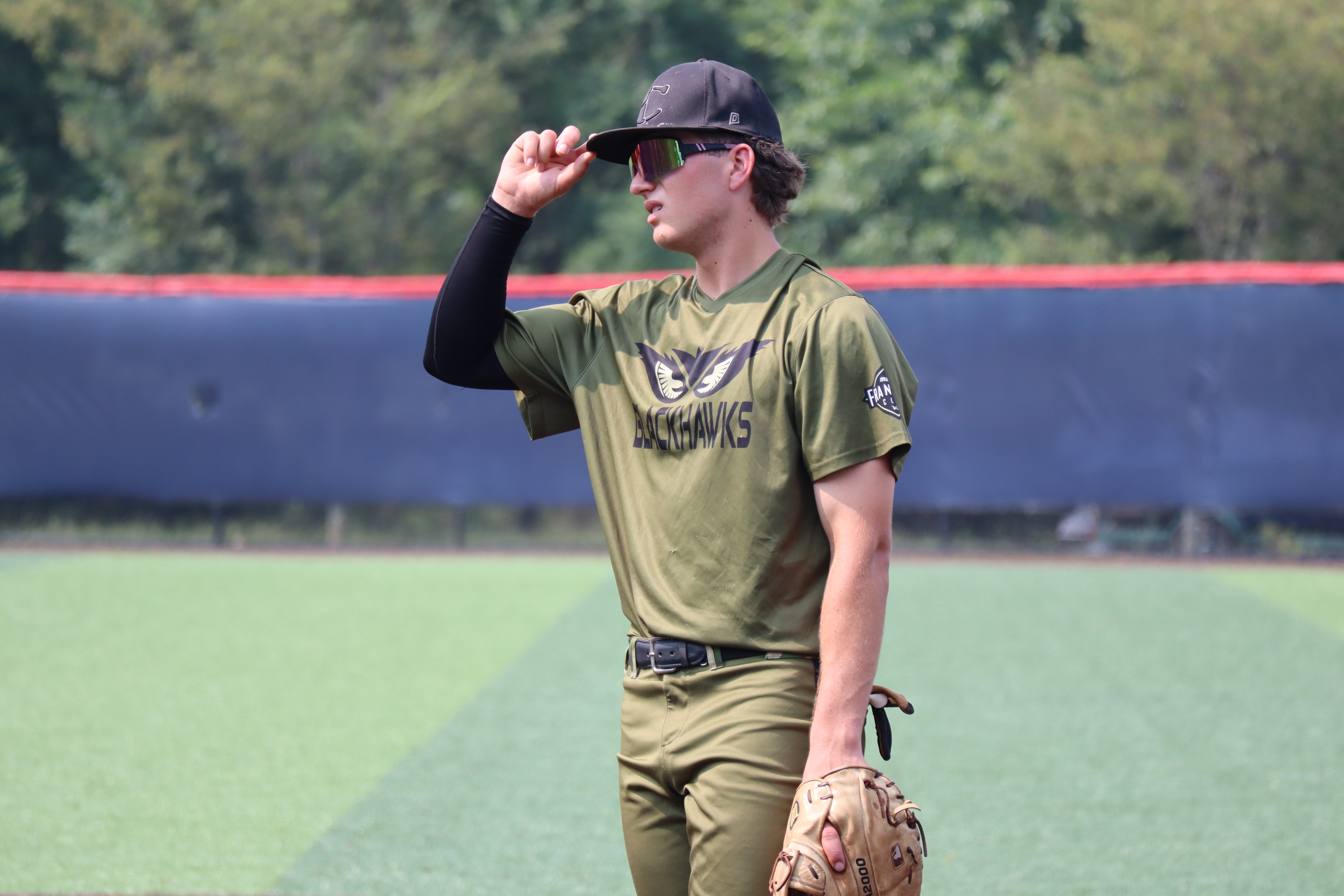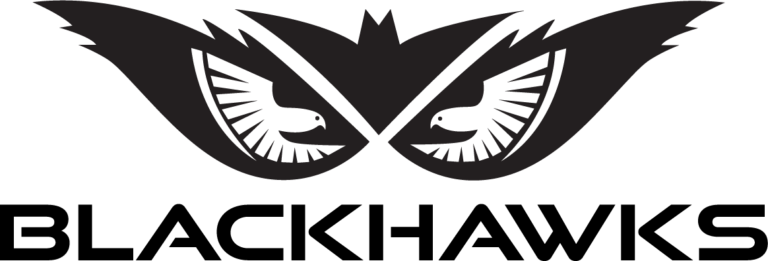
College Information
GUIDELINES & RESOURCES
List of college-based baseball camps, showcases and training from all across the USA
Over 100 College Prospect Camp links to register
HS Baseball Website for parents, and players
Articles about college baseball recruiting, scholarships, and the MLB draft; Interviews with college coaches and pro scouts; Step-by-step recruiting “how to’s”, recruiting success stories and lessons learned; Links to other baseball resources, baseball camps and showcases; And a “world famous” baseball message board (discussion forums).
OVERVIEW OF THE NCAA
When people think of playing at a US college, this is the level they think of. However people do not realize how difficult it is to be able to play at this level. Firstly, there are a lot of regulations about the number of foreign students they are allowed to have on their rosters. Secondly, it is very difficult academically to be eligible to play at this level. This therefore means that the type of players who end up playing at this level, coming from outside the US, usually come from very strong sporting backgrounds. For example, a player may be released at 18-19 years old from a Premier League soccer academy and he may have strong GCSE’s. They are usually very physically matured due to the training background and therefore they can slot straight into the team. This is the type of player that coaches want.
However, don’t feel like you don’t have what it takes. A lot of student-athletes start off at NJCAA, NAIA and NCAA Division 2 and if they perform on the field AND in the classroom, they are able to transfer. So you may not go straight to Division 1, but you may end up there after 1 or 2 years. The impetus is on you to perform.
This is probably the most popular option for most student-athletes coming from outside of the US due to fewer regulations on the number of foreign players on a roster and also the lower academic barriers to be eligible.
NCAA Division 2 schools are usually a lot smaller than NCAA Division 1, but don’t let that put you off. In bigger schools, your team may not be popular as they will have basketball and American football teams which are shown on TV and people won’t really care about yours, but at the Division 2 level, the soccer teams are usually one of the best and most popular teams in the institute. So you’d be a big fish in a smaller pond.
You will find that a lot of NCAA Division 2 schools have teams that are actually better than a lot of NCAA Division 2 teams. You will more than likely get to play against a lot of NCAA Division 1 teams in the Spring season as this is the ‘friendly’ part of the year.
If going pro is your aim, NCAA Division 2 is still a great platform to be seen. Many players every year go pro from this level and to be honest, if you are performing to that standard, a NCAA Division 1 school would come knocking after 2 years at least (as long as your academics are up to scratch).
A coach normally wouldn’t offer a large scholarship to a new student-athlete coming in from outside of the US, because they normally wouldn’t be up to scratch to start for the team. Over the years you will increase your playing time and the scholarship would normally increase.
This level is somewhat similar to NCAA Division 2 in terms of size of the school and also the level of sports. You do often find that an NAIA team has a LOT of foreign players. This is due to the few regulations in comparison to other levels.
It is also similar to the NCAA Division 2 level where a coach normally wouldn’t offer a large scholarship to a new student-athlete coming in from outside of the US, because usually they normally wouldn’t be up to scratch to start for the team. Over the years you will increase your playing time and the scholarship would normally increase.
If going pro is your aim, then many players from NAIA make it every year. It is a great platform as the scouts realize there are a lot of talented foreign players on show.
The NJCAA is the baby of all the divisions in the US, however it is not something to be rejected in the slightest. NJCAA schools are only 2 years long. You go to these THEN you transfer to a 4 year institute (NCAA, NAIA). The level of soccer is often on par with NAIA and NCAA Division 2.
This is a great route for players looking to get higher scholarship money, but who also have lower standard of academics. It is essentially a great way of getting in the door and being seen. Coaches from NCAA D1, D2 and NAIA levels would rather take a player from NJCAA then from outside of the US (like you are right now). This is because they can see you in the college sports setting, but see how your academics are doing within the US system.
SCHOLARSHIP INFORMATION
There are 297 colleges and universities participating in NCAA Division I baseball. Each school is allotted 11.7 full ride scholarships for its team. Because baseball is a designated equivalency sport, coaches are able to divide their 11 + scholarships into awards for up to 30 players. NCAA Division I baseball attracts only the very best, and it is not unusual for players to be pinched by the big leagues before they enter college. Consequently, students hoping to win a baseball scholarship to an NCAA college or university may be subject to last minute award notifications
There are 242 schools participating in NCAA Division II baseball. Each school is allotted 9 full tuition scholarships per team. Partial tuition scholarships are common in Division II, as they allow coaches more flexibility in building a full roster.
NCAA Division III baseball consists of 408 programs at colleges and universities across the country. Division III schools are restricted from offering any baseball scholarships as a recruiting incentive. However, general athletic grants and academic scholarships may be offered by some schools as a way of bringing talented players to their campuses. In essence, these are walk-on scholarships and students will have to try out for the baseball team after they have been admitted to the college.
The National Association of Intercollegiate Athletics (NAIA) represents smaller colleges and private universities throughout the country. While these schools may not have the high profile of their NCAA counterparts, they are home to some impressive college level baseball teams.
NAIA baseball consists of 214 member schools across the country. Each school is restricted to 12 full ride scholarships for its baseball program. These may be full or partial scholarships, administered as the coaching team sees fit. Students with strong academic backgrounds, who also excel on the baseball field, may qualify for a general grant or scholarship which will not count against the school’s 12 scholarship limit. Again, these are in essence walk-on scholarships and students will have to try out for the baseball team after they have been accepted to the college in question.
The National Junior College Athletics Association regulates baseball at the junior college and community college levels. While junior colleges often get overlooked when students think about sports, NJCAA member schools are home to some of the most impressive college baseball teams in the country. Like the NCAA and NAIA, the NJCAA regulates all aspects of baseball at the junior college level, including the availability of scholarships.
NJCAA Division I baseball consists of 188 teams from junior colleges across the country. Each school is limited to 24 full ride scholarships to cover all expenses including tuition, books, registration fees and housing. Partial scholarships are not allowed.
NJCAA Division II baseball includes 130 two-year colleges around the country. Each school is limited to 24 baseball scholarships. These scholarships can only cover tuition, and can not extend to housing or other expenses. Partial scholarships are not available.
NJCAA Division III consists of 79 junior colleges. NJCAA Division III schools are restricted from offering any athletic scholarships as a recruiting incentive. While Division III schools may not offer baseball scholarships, they can offer general scholarships and grants for students who excel in the classroom as well as the ball field

